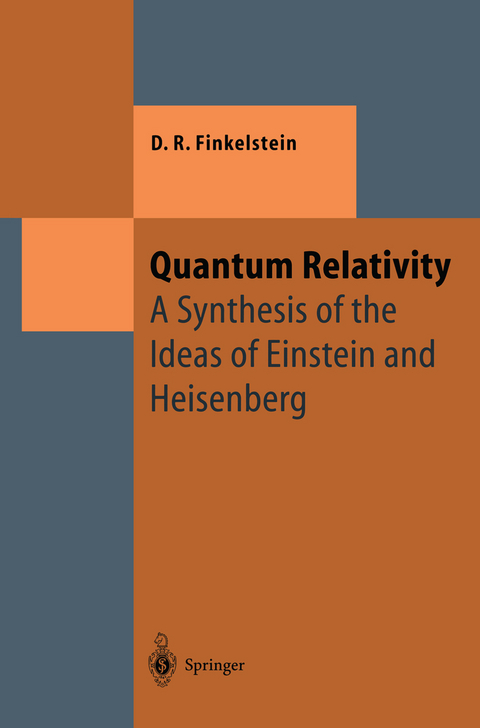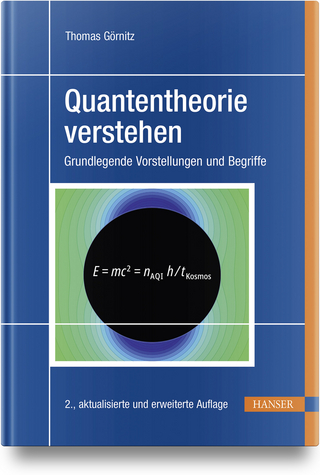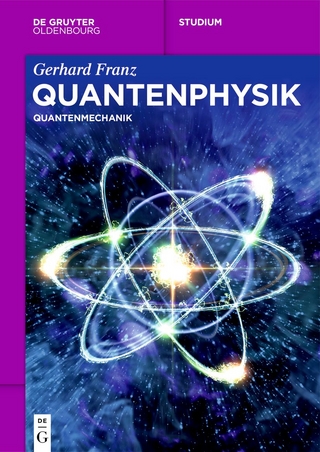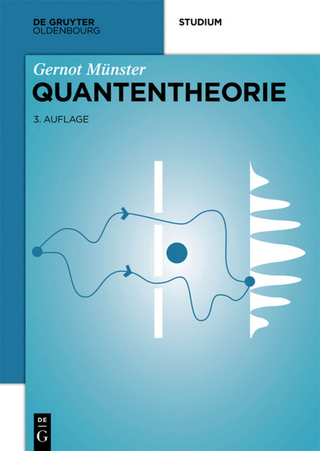
Quantum Relativity
Springer Berlin (Verlag)
978-3-642-64612-6 (ISBN)
To avoid paradoxical interpretations of quantum physics which have their origin in the use of natural language the author develops, starting from John von Neumann's fundamental papers, a quantum language based on algebraic concepts. It starts from observations and is therefore well- suited for providing a better understanding of the foundations of quantum physics. The work is organized didactically and can be read by both physicists and philosophers of science.
Act 1 One.- 1. Quantum Action.- 2. Elementary Quantum Experiments.- 3. Classical Matrix Mechanics.- 4. Quantum Jumps.- 5. Non-Objective Physics.- 6. Why Vectors?.- Act 2 Many.- 7. Many Quanta.- 8. Quantum Probability and Improbability.- 9. The Search for Pangloss.- 10. Quantum Set Algebra.- Act 3 One.- 11. Classical Spacetime.- 12. Semi-quantum Dynamics.- 13. Local Dynamics.- 14. Quantum Set Calculus.- 15. Quantum Groups and Operons.- Act 4 Nothing.- 16. Quantum Spacetime Net.- 17. Toolshed.
| Erscheint lt. Verlag | 14.3.2012 |
|---|---|
| Reihe/Serie | Theoretical and Mathematical Physics |
| Zusatzinfo | XXII, 578 p. |
| Verlagsort | Berlin |
| Sprache | englisch |
| Maße | 155 x 235 mm |
| Gewicht | 901 g |
| Themenwelt | Naturwissenschaften ► Physik / Astronomie ► Quantenphysik |
| Naturwissenschaften ► Physik / Astronomie ► Relativitätstheorie | |
| Naturwissenschaften ► Physik / Astronomie ► Theoretische Physik | |
| Schlagworte | Crystal • eigenvalue • Gravity • Hydrogen • Mechanics • Minkowski space • quantum dynamics • quantum groups • quantum logics • Quantum Physics • quantum set theroy • quantum spaces • Quantum structures • Quantum Theory • Relativity • Special relativity • standard model • Theory of relativity • thermodynamics • Vacuum |
| ISBN-10 | 3-642-64612-3 / 3642646123 |
| ISBN-13 | 978-3-642-64612-6 / 9783642646126 |
| Zustand | Neuware |
| Haben Sie eine Frage zum Produkt? |
aus dem Bereich


